Contributed by Molly Cheatum
The Sizinda Community is located 19 kilometers from Victoria Falls with a total area of 1,769 hectares and a population size of 510. Prior to visiting the community, Jody Butterfield presented to our group about the Community Facilitator’s Program designed and implemented through the African Centre for Holistic Management. This program has had significant impacts within the Sizinda community following the community action cycle and exploring holistic livestock land management with their cattle.
The CAC emphasizes community participation, ownership and sustainability by building community capacity to work together to identify and analyse issues, set priorities, plan, implement their plan, and monitor and evaluate their progress.[1] This tool was used to bring the community together and then a grazing plan similar to the ACHM plan (see previous blogpost) was developed, paddocks defined, and a plan to manage the livestock together emerged. Over the past 5 years, since 2009, ACHM has been working with this community following these guidelines and the results are worthy of attention.
We spent a morning learning from and listening to the community. A couple main observations emerged – they have a holistic context that they consistently draw from when making decisions, they have support from a charismatic leader, and the majority of enthusiasm for the project came from women.
One woman showed us her kraal where she keeps cattle and goats for 14 days and then moves them to a different space. After the space has been naturally trampled, mulched, and fertilized from the livestock she then plants her crops. Since implementing this system, she has seen an increase in her yields from 4 bags of maize to 12 bags in an approximate 400 square meter space. Her success is so motivating she proclaims that she is now “married to the soil” since her husband died.
Another woman showed us the river they fetch most of their water from. Prior to 2009 the community only had 5 months out of they year when they could fetch clean running water and the rest of the year they got their water from stagnant water holes. Water had become more scarce and there was fear that it would not get better. In the past 4 years since they started following the planned grazing and allowing for sufficient recovery of grasses, bare ground has decreased and their river has seen a steady flow of water for the first time this year.
The communities capacity to resolve conflicts and ensure there are sufficient resources has increased. Together they built a functional nutritional garden, which supplies about 15,000 MWK to each family a month. There is a water fund in place and they built a spray race to protect their livestock from parasites.
Although not perfect, there are still community members not participating and their efforts have mostly stayed within their area and not spread to other communities, it is worth thinking about how to continue supporting ideas like these.
There is lack of knowledge on permaculture, agroecology, vegetable production, food forests and many of the farming practices that prevent rehabilitation of soils in Malawi are practiced in Zimbabwe too. We discussed how a partnership between Kusamala and ACHM might be mutually beneficial.
There are also concerns on how this system could be implemented with an incredibly dense population and lack of land tenure and size that exists in most rural settings in Malawi. Some of the population pressures like felling of trees for fuel does not exist with the same intensity in other countries like Zimbabwe. There are also issues with lack of vet care for livestock and access to medicines.
These systems are complex and should be managed holistically at all levels – community, regional, and international – which means taking into account all of these pressures and working on solutions together with a diversity of actors. This takes more proper planning and preparation than anything anyone has ever done. I look forward to seeing what emerges as more Savory network hubs in Africa emerge and I have faith that one day there will be efforts to take the CAC to the international level.
See my next blogpost on Holistic Decision-Making and what’s cooking at Kusamala.
[1] HLLM Program Manual. March 2015

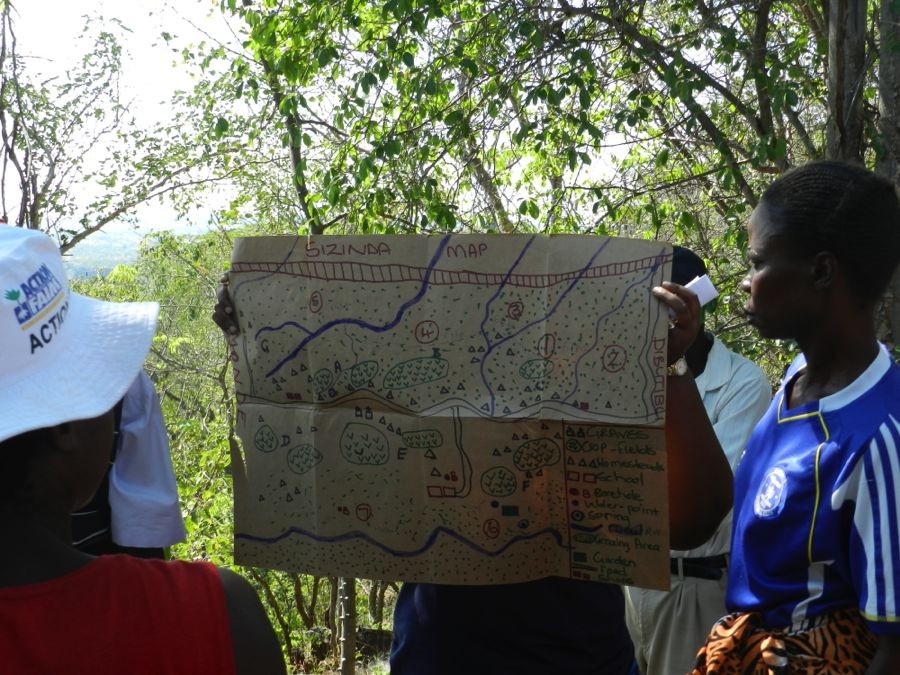
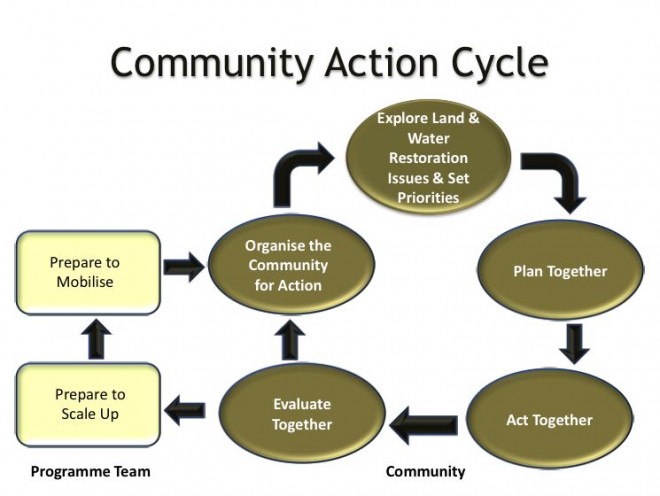
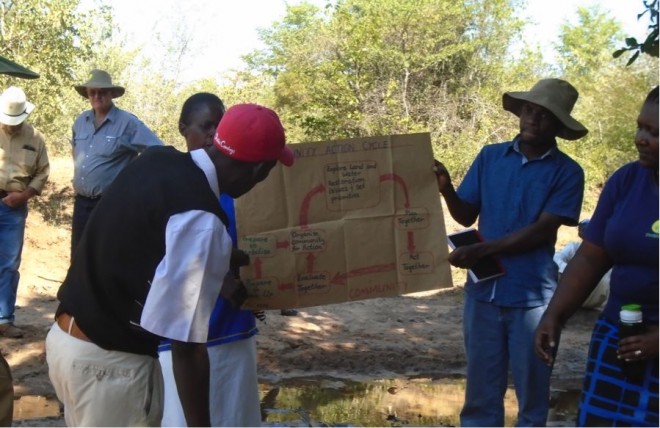

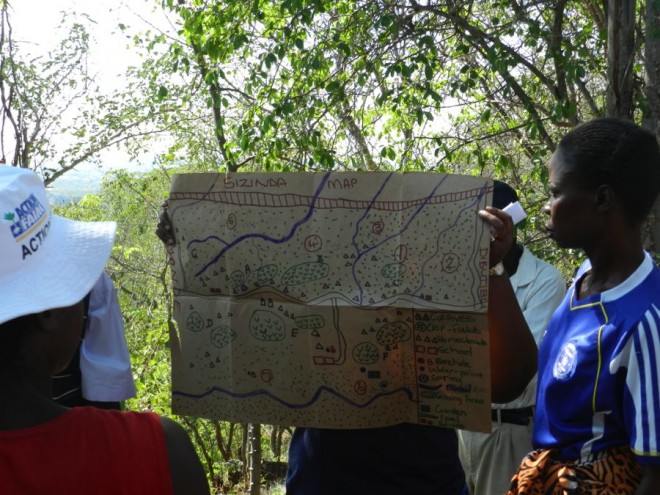
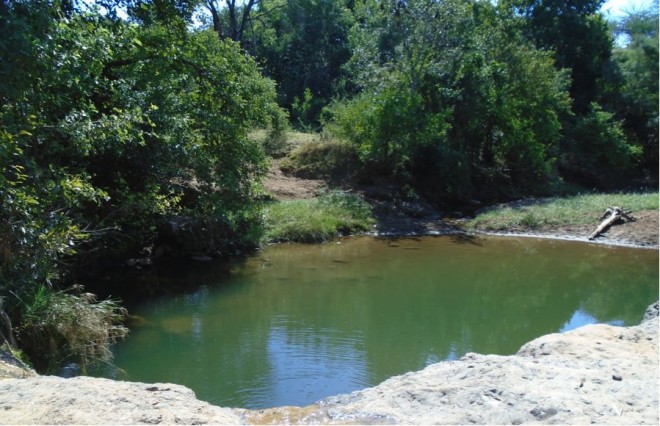
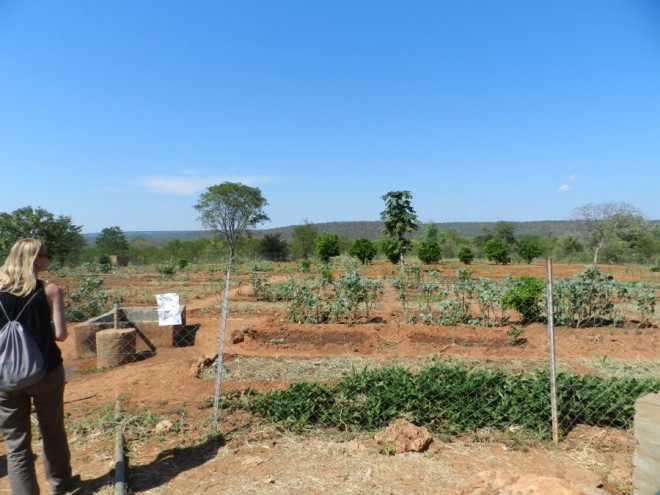
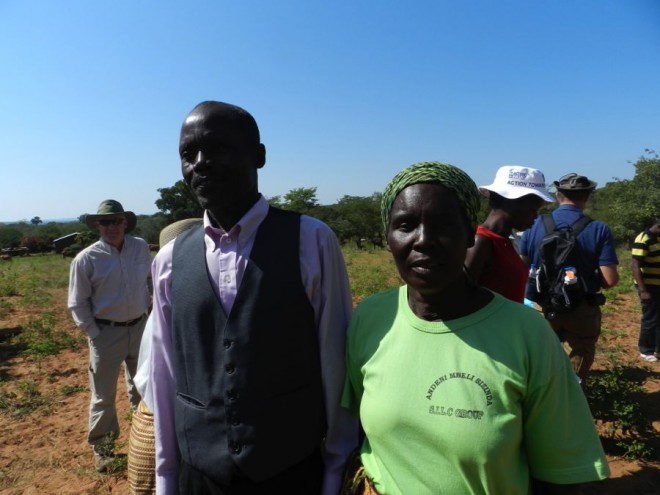

Beautiful blog Molly! I really enjoyed seeing the newsletter and look forward to staying in touch. I miss Africa already and look forward to the opportunity to visiting the Africa Center for Holistic Management again someday. See you this fall at the Savory Conference in San Francisco!